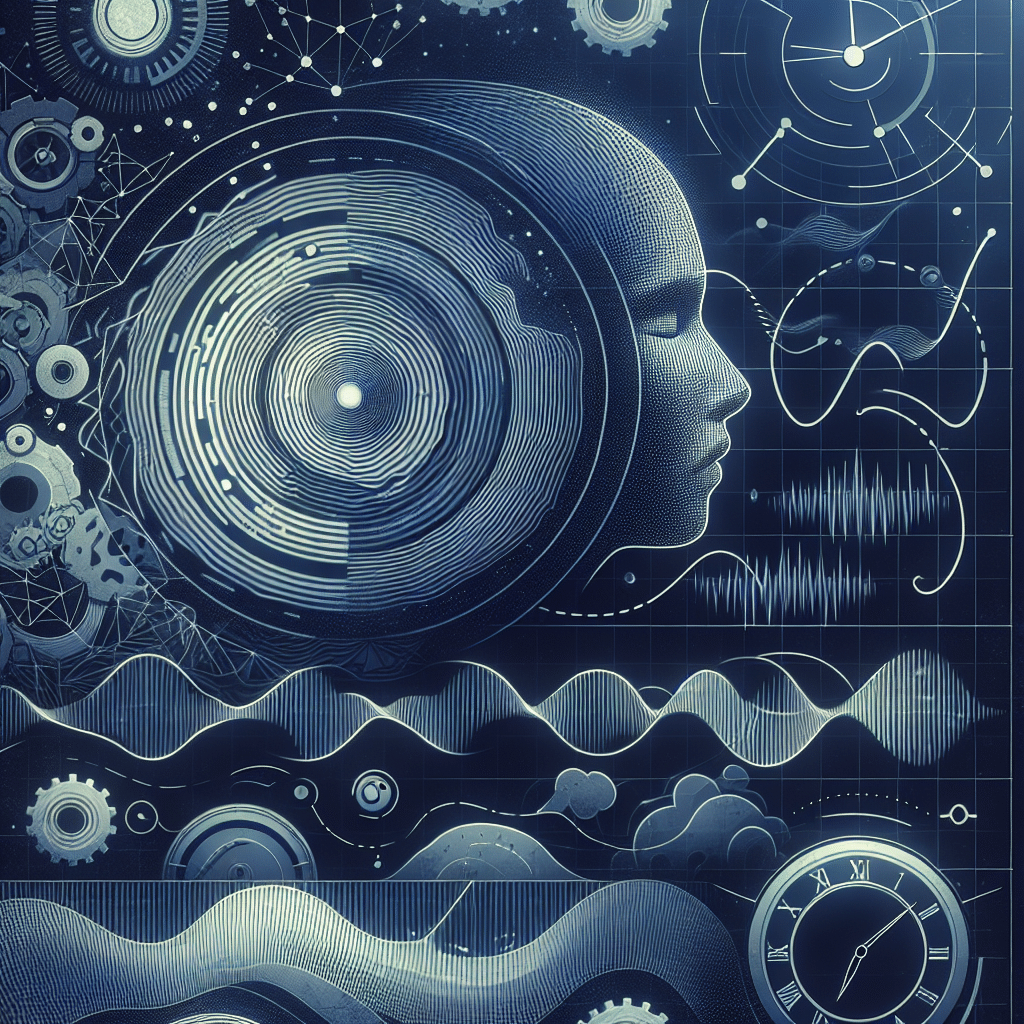Understanding REM and Deep Sleep Stages
Sleep is an essential aspect of human health, influencing everything from mood and mental clarity to physical well-being. Two stages of sleep, Rapid Eye Movement (REM) and deep sleep, play crucial roles in fostering restorative sleep. This article delves into the mechanisms of these stages, the importance of tracking them, and methods to optimize them for better health.
The Sleep Cycle
The sleep cycle consists of several stages that we progress through multiple times during the night. The National Sleep Foundation outlines these stages, generally divided into Non-Rapid Eye Movement (NREM) sleep and REM sleep.
-
NREM Sleep:
- NREM comprises three stages: N1, N2, and N3.
- N1 Sleep: The lightest phase where you drift in and out of sleep.
- N2 Sleep: Represents a deeper sleep, where heart rate slows and body temperature drops.
- N3 Sleep: Often referred to as deep sleep, this stage is vital for physical restoration. During this time, the body repairs tissues, builds bone and muscle, and strengthens the immune system.
-
REM Sleep: Occurring approximately 90 minutes after falling asleep, REM sleep is characterized by rapid eye movements, increased brain activity, and vivid dreams. This stage is thought to play a significant role in memory consolidation and emotional regulation.
Importance of Tracking REM and Deep Sleep
Tracking sleep patterns, including REM and deep sleep, provides valuable insights into health and wellness.
1. Enhanced Sleep Quality:
Knowing your sleep stages can help identify whether you are getting sufficient restorative deep sleep and REM sleep. Poor quality sleep can be linked to various conditions, including insomnia, anxiety disorders, and other mental health issues.
2. Improved Mental Health:
Studies indicate that lack of REM sleep affects mood and memory. Tracking these stages can help in assessing mental health over time, offering data to discuss with healthcare professionals if needed.
3. Cognitive Functioning:
Deep and REM sleep are crucial for cognitive functions. Monitoring your sleep stages can assist in ensuring these functions remain sharp, as insufficient REM or deep sleep can lead to problems with learning, problem-solving, and creativity.
4. Physical Health:
Deep sleep contributes to physical recovery, energy restoration, and overall health. Tracking sleep helps correlate physical symptoms, such as fatigue or lethargy, with sleep patterns, potentially guiding lifestyle changes for better health outcomes.
Methods of Tracking Sleep Stages
-
Wearable Technology:
With advancements in technology, various wearable devices like smartwatches and fitness trackers offer sleep tracking features. They measure heart rate variability and movement to estimate the duration of deep and REM sleep stages. -
Sleep Apps:
Numerous sleep tracking apps allow users to track their sleep cycles. These apps often utilize smartphone sensors to gather data through sound or motion detection, providing insights into their sleep quality. -
Polysomnography:
A more clinical method, this involves monitoring multiple physiological signals, including brain waves, heart rate, and muscle movements. Typically conducted in a sleep lab, polysomnography can provide a comprehensive analysis of sleep stages and diagnose sleep disorders. -
Sleep Diaries:
Maintaining a journal to record sleep patterns and feelings upon waking can also aid in tracking. This method allows you to gain personal insights into your sleep habits and any correlations with lifestyle factors, including diet and stress levels.
Tips for Enhancing REM and Deep Sleep
-
Optimize Sleep Environment:
Create a conducive sleeping environment. Ensure your bedroom is dark, quiet, and cool. Consider using blackout curtains, white noise machines, or fans to improve sleep ambiance. -
Establish a Sleep Routine:
Go to bed and wake up at the same time every day to develop a consistent sleep routine, which helps regulate your body’s internal clock. -
Limit Screen Time:
Reduce exposure to blue light from screens at least an hour before bed. Consider engaging in relaxing activities like reading or meditation that don’t involve screens. -
Mindful Nutrition:
Avoid heavy meals, caffeine, and alcohol before bedtime, as these can disrupt sleep cycles. Instead, opt for light snacks if you’re hungry. -
Regular Physical Activity:
Incorporate daily exercise into your routine. Engaging in physical activity can enhance deep sleep, but aim to avoid vigorous workouts close to bedtime. -
Manage Stress:
Stress and anxiety can hinder both REM and deep sleep. Practice relaxation techniques such as yoga, deep-breathing exercises, or mindfulness meditation to reduce stress levels. -
Limit Naps:
While napping can be restorative, long or irregular napping during the day can negatively impact nighttime sleep.
Challenges in Tracking Sleep
Despite various methods available, tracking sleep stages poses several challenges. Wearable devices may not always provide accurate data, particularly in distinguishing between light and deep sleep. Additionally, individuals may find discrepancies in subjective feelings about sleep and quantitative tracking results. It is essential to consider these factors when interpreting data.
Conclusion on Tracking REM and Deep Sleep
Understanding and tracking REM and deep sleep stages can provide insights into personal health and wellness. Incorporating effective tracking methods and optimizing sleep habits can lead to improved sleep quality, better physical health, and enhanced cognitive function. Through awareness and proactive management, individuals can work toward achieving a balanced and restorative sleep pattern.
